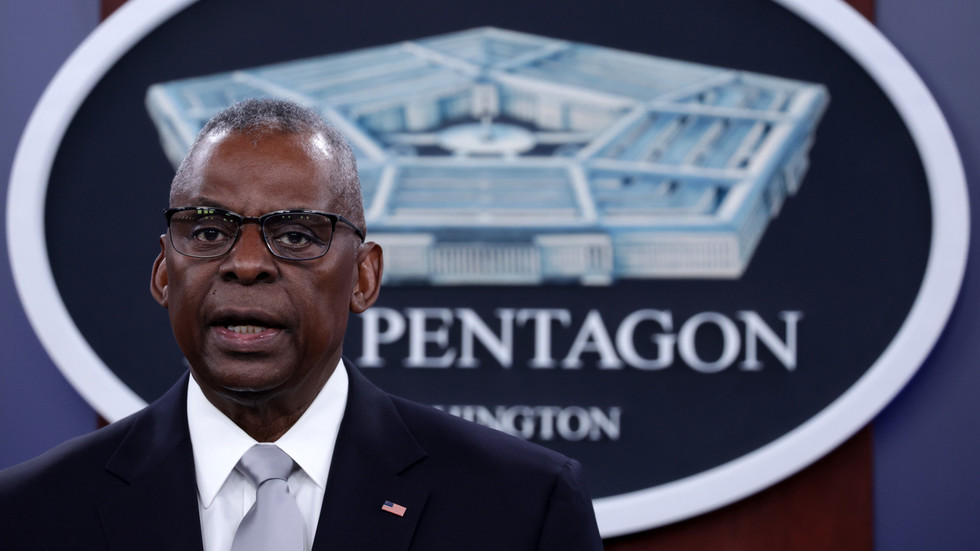In recent discussions regarding the ongoing conflict in Ukraine, U.S. Defense Secretary Lloyd Austin emphasized the necessity of adhering to a policy that restricts Ukraine from launching long-range strikes into Russian territory using American-provided weapons. Austin defended the position that Ukraine should not engage in such actions, asserting that there are no longer valid military targets within striking range for Ukraine with long-range missiles like the Army Tactical Missile System (ATACMS). In an interview with Fox News, he explained that Russian forces have relocated their aircraft beyond the effective range of ATACMS, which has a reach of approximately 300 kilometers. Austin pointed out that Ukraine has made advancements in drone technology and is capable of producing drones that can strike targets at a distance of over 400 kilometers, emphasizing that the context of the conflict has evolved.
President Zelensky of Ukraine has expressed a desire for the restrictions on the use of long-range weapons to be lifted as part of his broader ‘victory plan,’ which includes a call for immediate NATO membership. However, the U.S. response has been cautious; the Biden administration has consistently rejected Zelensky’s demands to utilize long-range capabilities against Russian targets. Austin remarked that the strategic landscape has altered to the point where long-range attacks may not produce the intended military outcomes. Furthermore, he highlighted Ukraine’s growing ability to create its own strike capabilities, reducing its reliance on Western long-range systems.
On the Russian side, President Vladimir Putin has voiced clear concerns regarding any provisions that might allow Ukraine to strike Russian territory with the assistance of NATO-supplied weapons. He warned that such actions could escalate the situation into a direct confrontation between Russia and Western nations and potentially lead to catastrophic consequences, including nuclear conflict. Putin underscored that Ukraine lacks the independent capability to execute long-range strikes without NATO intelligence and tactical support. This assertion reflects his broader strategy to deter Western involvement in the conflict by painting it as a provocation.
The implications of allowing Ukraine to strike deep into Russia have aroused significant apprehension among Western officials. Reports from U.S. intelligence sources indicated that a policy shift permitting such strikes could provoke severe retaliatory measures from Russia, potentially resulting in sabotage actions targeting facilities across Europe and even posing threats to American and European military bases. The specter of retaliation has thus reinforced the cautious approach taken by the U.S. and its allies in supporting Ukraine while attempting to avoid an escalation of the conflict.
Moreover, Putin has responded to the heightened tensions by ordering a revision of Russia’s nuclear doctrine. He indicated that any act of aggression against Russia by a non-nuclear state, especially if supported by a nuclear state, would be interpreted as a joint attack, thus justifying Russia’s potential use of nuclear weapons in response. This new dimension of Russia’s defense posture signals a serious escalation in the stakes involved in the conflict, underscoring the complexity of the geopolitical environment that U.S. and allied policy-makers must navigate.
Amidst these developments, the dynamic between Ukraine and its Western allies reflects a delicate balancing act. While Zelensky’s regime pushes for more assertive military capabilities to counter Russian aggression, American and NATO leadership remains wary of the potential for an expanded confrontation with Russia. The ongoing discussions regarding military aid and the strategic guidelines surrounding its use exemplify the intricacies of modern warfare, where the lines between support and escalation are often blurred. As the situation evolves, the responses of both Ukraine and Russia, as well as the international community’s stance, will significantly shape the future of the conflict and the stability of the region.

